
Fundamentals
The concept of Freedom Impact, when viewed through the lens of textured hair heritage, delineates the profound release and personal grounding experienced when individuals of African and mixed-race descent reclaim and honor their hair in its natural state or through ancestral styles. It is a deeply personal revelation, a shedding of externally imposed ideals that for centuries sought to diminish the inherent beauty and strength of kinky, coily, and wavy strands. This initial recognition of one’s hair as a source of strength, rather than a site of struggle, forms the elemental basis of this impact.
For many, this journey begins with a moment of quiet rebellion or perhaps a burgeoning curiosity, leading them to question the pervasive narratives that championed straight hair as the sole marker of beauty or professionalism. Historically, the imposition of such standards often began with efforts to strip enslaved Africans of their identity; their heads were shaved upon arrival to new lands, a deliberate act of dehumanization intended to sever ties to their cultural past. Yet, even in the face of such profound cruelty, the spirit of self-determination persisted.
The act of tending to one’s hair, even with rudimentary tools or forbidden practices, became a quiet act of defiance, a way to hold onto a sense of self and community. This quiet strength, often born from necessity and a deep longing for recognition, lays the groundwork for the contemporary experience of Freedom Impact.
Freedom Impact represents the profound liberation and identity grounding that manifests when individuals of African and mixed-race descent reclaim their textured hair as a source of inherent beauty and cultural strength.
Consider the foundational care rituals passed down through generations, often in hushed tones or through gentle hands. These practices, once deemed rudimentary or “unconventional” by external gazes, were, in fact, sophisticated systems of nourishment and community building. They embodied an intuitive understanding of unique hair needs, long before scientific formulations gained widespread recognition.
The first stirrings of Freedom Impact resonate with these historical echoes, inviting a return to a more authentic relationship with one’s physical self. It is a shift from conforming to celebrating, from hiding to revealing the true nature of one’s crown. The meaning of this impact expands from personal relief to a collective affirmation, slowly dismantling the lingering shadows of historical prejudice.

Early Echoes of Hair Autonomy
Pre-colonial African societies considered hair far more than a physical attribute; it was a complex language system, a visual marker communicating age, marital status, tribal identity, wealth, and even spiritual beliefs. The intricate styles, often taking hours or even days to create, fostered communal bonding during the styling process. This heritage of shared care and symbolic expression forms an ancient backdrop to the modern understanding of Freedom Impact.
The forced shaving of heads during the transatlantic slave trade aimed to erase this rich cultural heritage and identity. Yet, the memory of these practices, and the clandestine ways they were sometimes preserved, speaks volumes about the human spirit’s resilience.
- Communal Grooming ❉ In numerous African traditions, hairstyling was a collective activity, fostering social bonds and transmitting ancestral knowledge between generations.
- Symbolic Styles ❉ Specific braid patterns or adornments often conveyed a person’s social standing, age, or readiness for marriage in various communities.
- Spiritual Connection ❉ Many groups viewed hair as the body’s highest point, a conduit for communication with the divine or ancestral spirits.
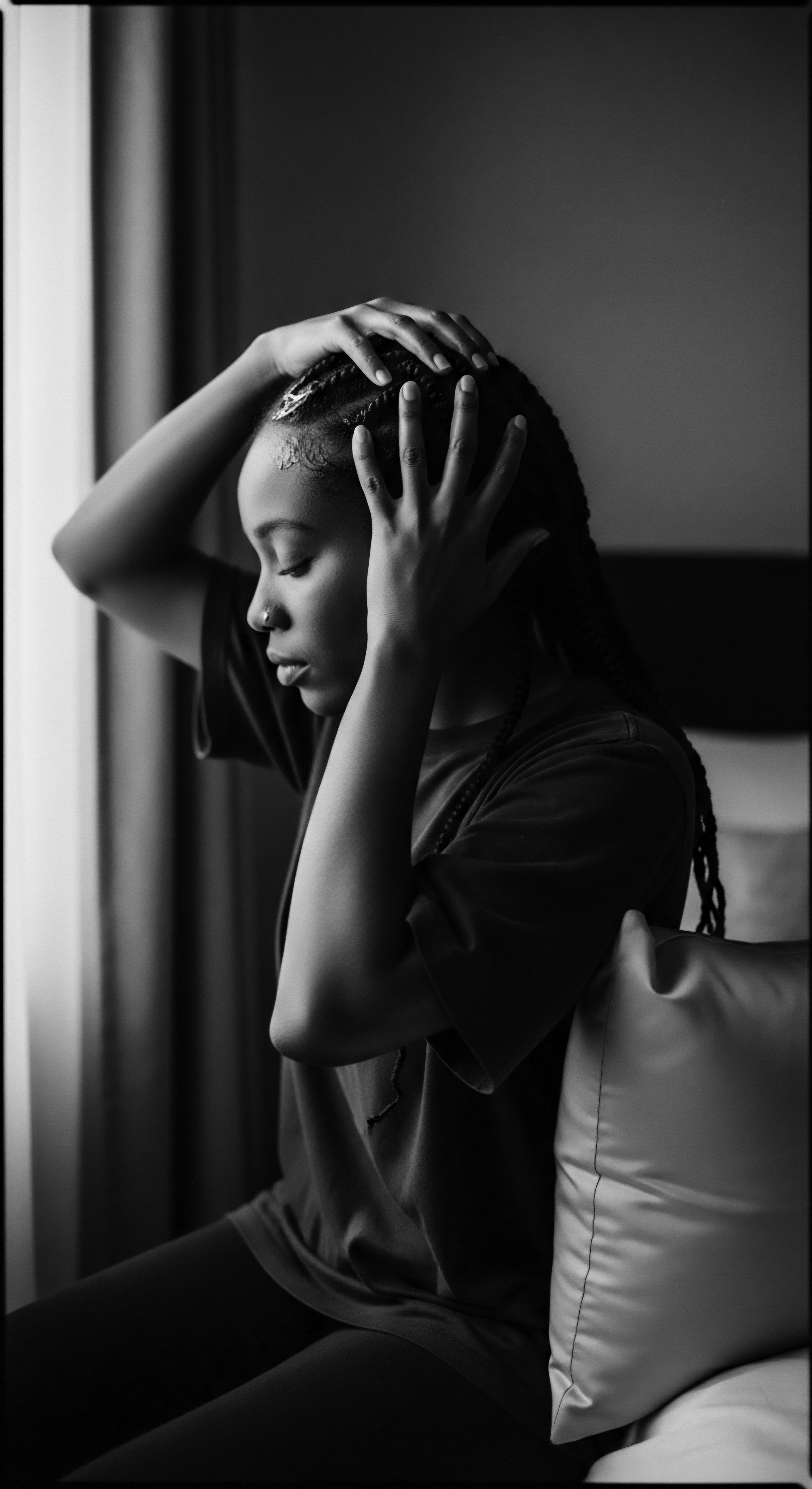
The Unfolding of Personal Discovery
For an individual just beginning to understand Freedom Impact, it often manifests as a personal journey of discovery. This involves learning about the true nature of textured hair, embracing its unique qualities like its distinctive curl patterns and inherent dryness, and understanding the specialized care it requires. This process begins a gradual unwinding of internalized beauty standards, replacing them with self-acceptance and a deeper appreciation for one’s heritage. The choice to forego chemical straighteners, for instance, represents not only a physical transformation but a psychological one, marking a significant step toward liberation from Eurocentric aesthetic norms that previously dictated hair choices.

Intermediate
The intermediate understanding of Freedom Impact moves beyond the initial sense of personal relief, delving into the deeper significance of self-determined hair practices as expressions of cultural identity and communal solidarity. This stage recognizes that choosing to wear textured hair, particularly in its natural forms or traditional styles, is not merely a styling preference; it is a conscious act of affirmation. It is a conversation with history, a vibrant dialogue with ancestors, and a powerful declaration of presence in a world that often sought to marginalize such expressions. The meaning here grows to encompass the collective strength found in shared experiences and the reclamation of cultural narratives surrounding hair.
This level of understanding acknowledges that the journey toward Freedom Impact is often a reciprocal one ❉ as individuals find liberation in their hair, they contribute to a broader movement that inspires others. It reflects how personal choices, when multiplied across a community, can become a force for cultural preservation and social change. The import of this impact is felt in the growing visibility of diverse textured hair in public spaces, challenging long-held biases and fostering an environment where natural hair is celebrated rather than scrutinized. This shift, rooted in historical resilience, speaks to the enduring power of hair as a symbol of identity and resistance.
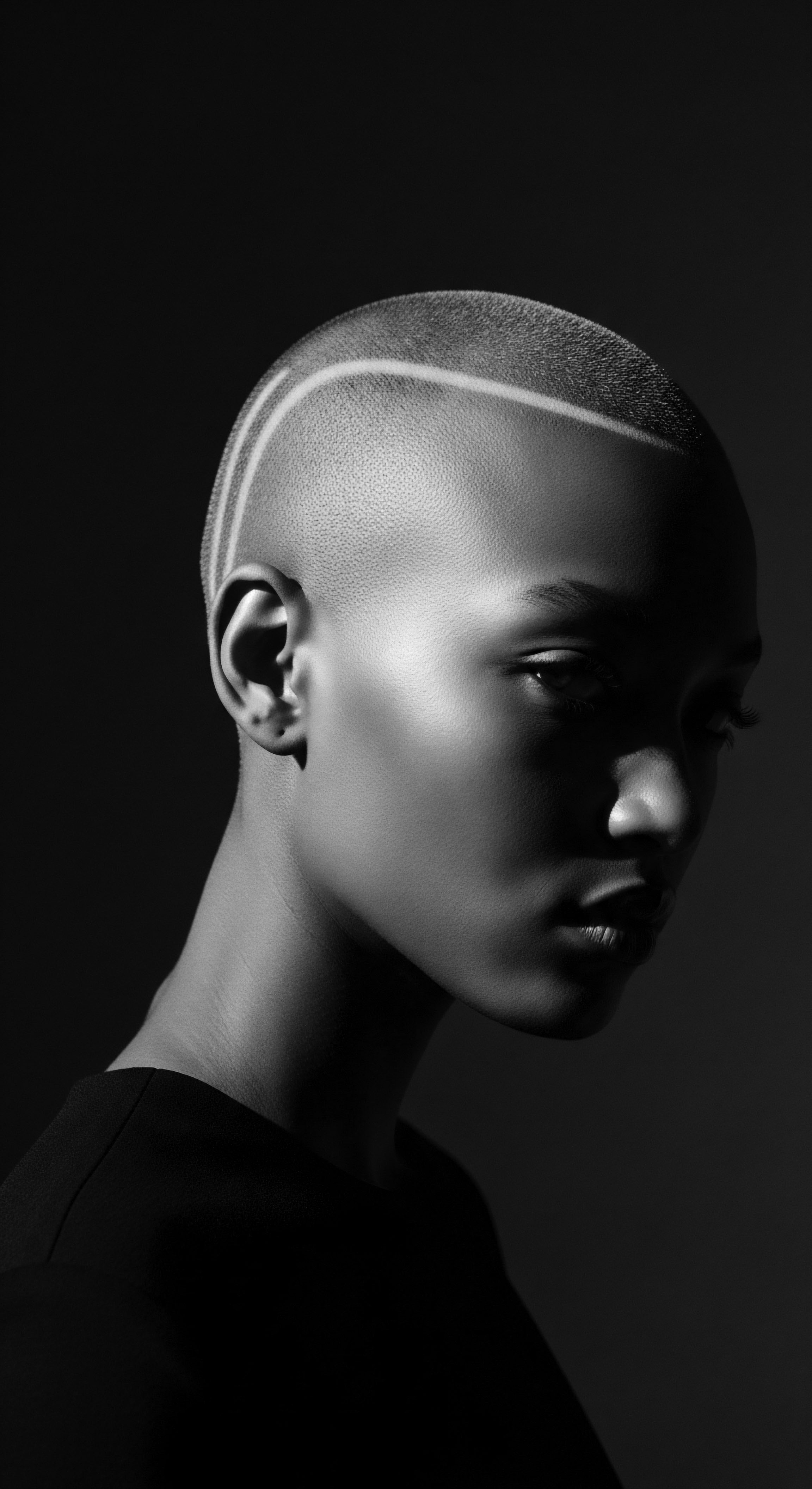
The Tender Thread of Community and Care
Ancestral practices were communal affairs, weaving individuals into the larger fabric of family and community through shared moments of care. This communal aspect of hair care fostered a powerful sense of belonging and reinforced cultural continuity. Enslaved Africans, stripped of many aspects of their heritage, often clung to hair care as one of the few remaining avenues for self-expression and connection.
These clandestine gatherings for hair styling became vital spaces for communication, planning, and maintaining morale, serving as silent acts of cultural survival. The memory of these tender threads of care persists in modern communal hair rituals, whether in a bustling salon or a quiet family gathering, where stories are exchanged and heritage is informally passed down.
Hair choices are not only aesthetic declarations but also potent statements of cultural belonging, deeply connected to historical acts of defiance and the spirit of collective identity.
The collective memory of past adversities surrounding hair also shapes the current experience of Freedom Impact. The Tignon Laws in 18th-century Louisiana, which compelled Black women to cover their hair with headwraps to distinguish them from white women, became an unexpected canvas for creative resistance. Black women adorned their tignons with vibrant fabrics and jewels, transforming a symbol of oppression into an expression of their indomitable spirit and personal flair.
This historical example beautifully illustrates how even under duress, the desire for self-expression through hair found innovative avenues. The resilience embedded in such historical acts provides a powerful underpinning for the contemporary pursuit of hair autonomy.

Case Study ❉ The Enduring Legacy of Cornrows as Resistance Maps
A particularly illuminating historical example, though perhaps less commonly cited in broad discussions of hair, showcases the direct, tangible connection between hair practices and freedom. During the era of the transatlantic slave trade, cornrows, a style deeply rooted in various African societies, transformed into an extraordinary tool of survival and communication. Enslaved African women ingeniously braided intricate patterns into their hair that served as maps, encoding escape routes from plantations. These ‘map braids’ were covert, allowing vital information to be passed along without drawing suspicion from enslavers.
Moreover, these women would often conceal seeds and gold fragments within their tightly braided strands. These provisions were intended to sustain themselves and their children during their perilous journeys to liberation, and in some accounts, the seeds were later cultivated in new lands, symbolically planting the seeds of freedom and future sustenance. This profound historical instance reveals hair not merely as an aesthetic or cultural marker but as a literal instrument of survival, a testament to incredible ingenuity and resilience in the face of unimaginable oppression.
This powerful narrative underscores the deep, ancestral roots of Freedom Impact, demonstrating that liberation, for Black and mixed-race communities, has always been intimately tied to the hair that grows from their heads. The act of braiding, a seemingly simple gesture, became a complex act of rebellion, a quiet yet potent weapon in the fight for personhood.
The legacy of these resistance braids continues to resonate, informing the contemporary appreciation for cornrows not just as a style, but as a symbol of enduring strength, coded knowledge, and unbroken lineage. It highlights how hair traditions can embody deep layers of historical narrative, making the act of wearing such styles a re-enactment of ancestral defiance and an assertion of inherited sovereignty over one’s own body and narrative. This profound historical linkage illustrates that the pursuit of Freedom Impact is a continuation of an age-old struggle for self-determination.
| Aspect of Care Cleansing |
| Ancestral Practices (Echoes from the Source) Herbal infusions, saponifying plant extracts, clay-based washes for gentle purification. |
| Modern Approaches (The Unbound Helix) Sulfate-free shampoos, co-washes, low-poo formulations, often incorporating traditional ingredients. |
| Aspect of Care Moisture & Sealing |
| Ancestral Practices (Echoes from the Source) Natural oils (e.g. shea butter, coconut oil, palm oil), plant-based emulsions, natural fats applied by hand. |
| Modern Approaches (The Unbound Helix) Leave-in conditioners, hair milks, specialized oils, creams, and butters designed for specific curl types. |
| Aspect of Care Styling & Protection |
| Ancestral Practices (Echoes from the Source) Intricate braiding, twisting, knotting for practical management and symbolic expression. |
| Modern Approaches (The Unbound Helix) Protective styles (braids, twists, locs), modern tools and techniques (diffusers, curl creams) for definition and preservation. |
| Aspect of Care Community & Knowledge Transfer |
| Ancestral Practices (Echoes from the Source) Communal grooming sessions, intergenerational teaching, oral traditions sharing remedies and techniques. |
| Modern Approaches (The Unbound Helix) Online natural hair communities, social media tutorials, specialized salons, product reviews, and personal experimentation. |
| Aspect of Care The ongoing journey of textured hair care demonstrates a beautiful continuity, with ancestral wisdom often finding modern validation and expression, reinforcing the enduring spirit of self-care and cultural connection. |
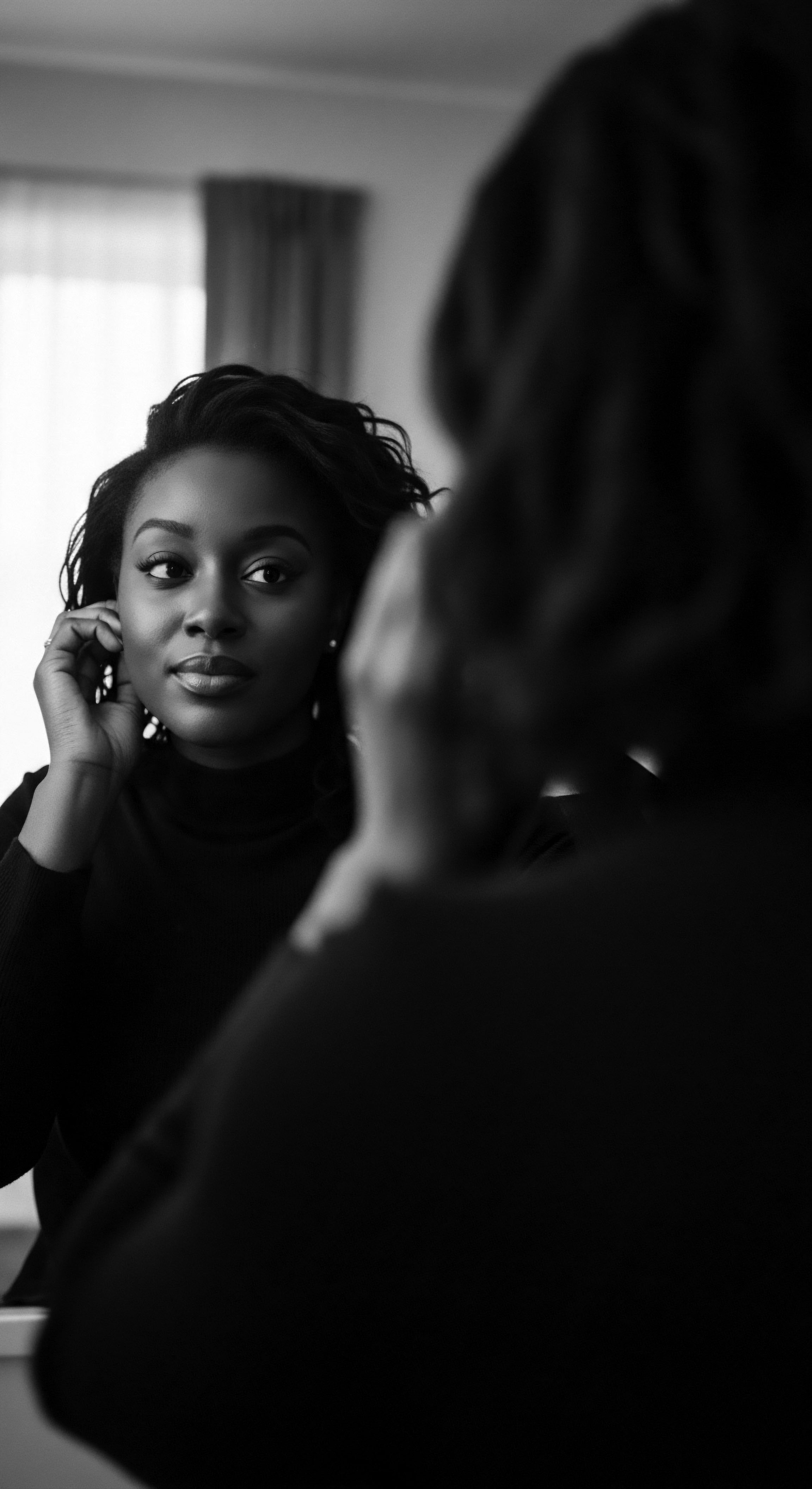
Academic
The academic elucidation of Freedom Impact unveils a sophisticated understanding of the term as the multidimensional psychological, sociological, and cultural phenomenon arising from the self-determined adoption and affirmation of textured hair within Black and mixed-race communities. This designation moves beyond mere individual preference, specifying the intricate interplay of historical resilience, identity construction, and the decolonization of Eurocentric beauty standards. It delineates how the reclamation of natural hair serves as a tangible manifestation of agency, fostering enhanced self-esteem, communal solidarity, and a profound connection to ancestral heritage, thereby counteracting the enduring legacies of systemic discrimination and aesthetic subjugation. The designation encompasses the personal and collective liberation, health benefits, and socio-economic shifts that arise when textured hair is celebrated as an inherent and beautiful aspect of Black personhood.
The meaning of Freedom Impact, from an academic vantage point, draws upon critical race theory, post-colonial studies, and the sociology of beauty. It examines hair as a potent site of power, resistance, and identity negotiation. Scholars consistently argue that historical attempts to control Black hair, from forced shavings during slavery to the pervasive “good hair” versus “bad hair” dichotomy, served as instruments of racial stratification and psychological warfare.
The deliberate devaluation of African physical features, including hair texture, established a hierarchy that privileged European aesthetics, compelling many to alter their hair for social and economic survival. The contemporary assertion of textured hair autonomy directly challenges these historical impositions, serving as an act of decolonization.
Freedom Impact, at its academic core, signifies the profound reclaiming of agency through hair, dismantling aesthetic oppression, and fostering a deep, resonant connection to ancestral identity and community well-being.

The Socio-Psychological Dimensions of Hair Autonomy
The psychological dimension of Freedom Impact is particularly compelling. Discrimination based on hair texture and style continues to wield a significant psychological and economic toll, with academic studies consistently documenting its effects. Research indicates that Black women, for instance, are 80% more likely to alter their natural hair in the workplace to conform to professional norms.
This pressure extends beyond career advancement, influencing mental well-being profoundly. A 2023 review, drawing from TRIYBES’ research and community dialogues, highlights several mental health consequences of hair-based stigma and hair loss ❉
- Internalized Racism ❉ Individuals may absorb negative societal messages about their hair, leading to negative self-image.
- Anxiety and Hypervigilance ❉ Constant concern about how one’s hair is perceived in academic or professional environments can lead to chronic stress.
- Cultural Disconnection ❉ Pressure to conform can result in a diminished sense of belonging and an erosion of cultural ties.
- Depression and Grief ❉ Hair loss from chemical processes or stress, compounded by societal stigma, can contribute to significant emotional distress.
The advent of legislation, such as the CROWN Act (Creating a Respectful and Open World for Natural Hair), passed in various U.S. states and municipalities, reflects a growing societal recognition of this discrimination. This legislation prohibits discrimination based on hair texture and protective styles associated with race.
While the impact of such acts is still being fully documented, their very existence underscores the historical and ongoing challenges faced by Black individuals concerning their hair. The declaration of hair autonomy, therefore, serves as a powerful antidote to these psychological burdens, fostering a robust sense of self-acceptance and pride.
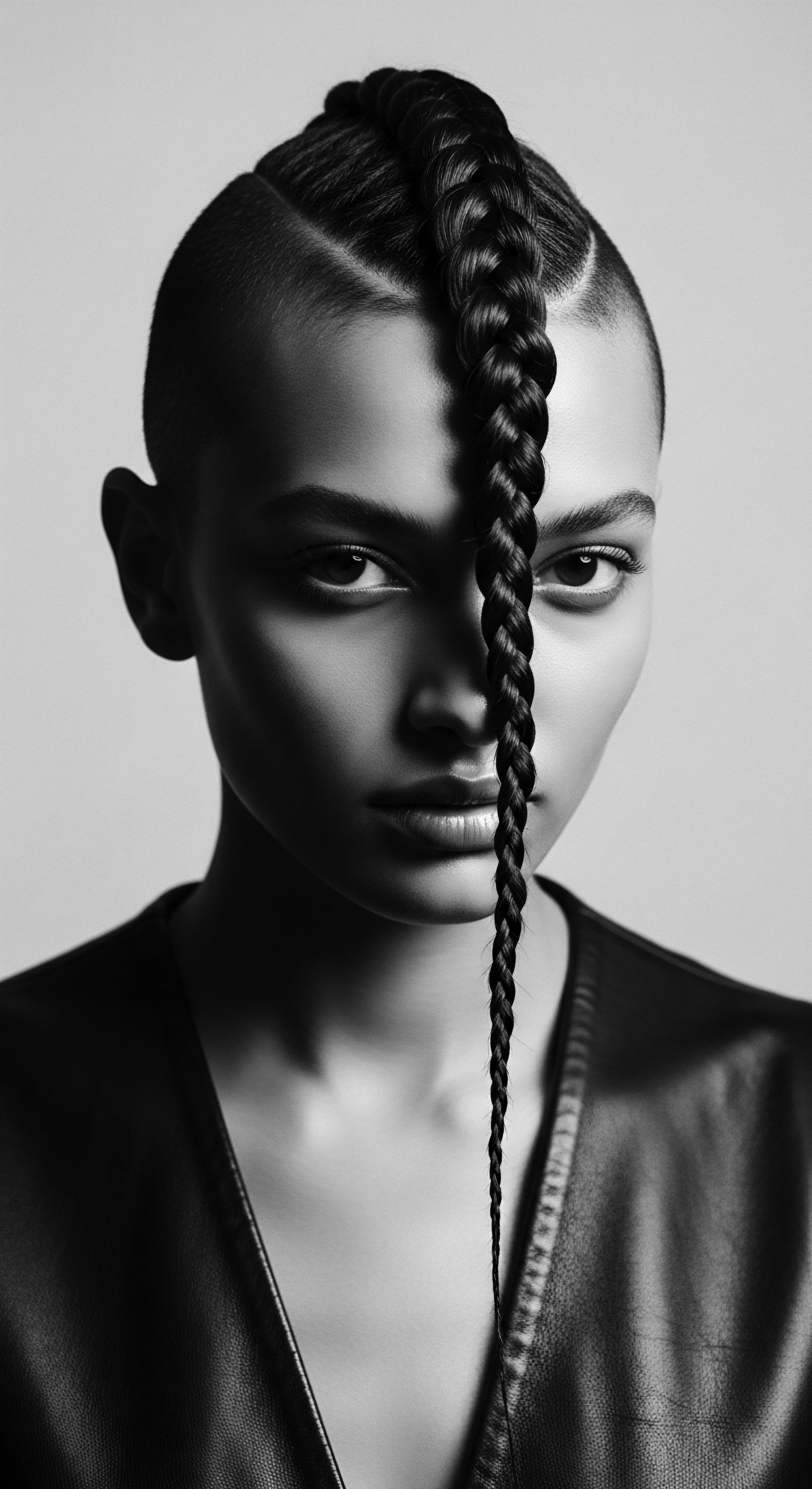
Decolonizing Aesthetics and Economic Landscapes
The economic implications of Freedom Impact are equally significant. Historically, the hair care industry largely overlooked the specific needs of textured hair, forcing Black consumers to rely on products that often contained harmful chemicals or were designed for different hair types. This gap created fertile ground for Black women entrepreneurs, who, from the late 19th and early 20th centuries, pioneered formulations tailored to kinky, coily, and curly hair. Figures like Madam C.J.
Walker and Annie Turnbo Malone not only created products but also built economic empires and training institutions, providing pathways to self-sufficiency and leadership for thousands of Black women. This self-generated industry emerged as an act of economic self-determination, paralleling the individual acts of hair autonomy.
The contemporary “natural hair movement,” commencing around 2008, represents a powerful surge in Freedom Impact, with tangible economic ramifications. The market value of products that chemically straighten hair saw a significant decrease of 34% since 2009, while sales of products designed for natural hair experienced exponential growth. This shift indicates a conscious consumer decision to align with natural textures, redirecting economic power within the beauty industry.
This phenomenon is a testament to the collective power of Black consumers and their preference for products that honor their natural strands. It also reflects a broader movement to decolonize beauty standards, asserting that textured hair is not an anomaly to be “managed” or “tamed,” but a beautiful, diverse manifestation of human biology deserving of its own specialized care and celebration.
The shift from chemically altering hair to embracing its natural state often involves learning new care practices, routines, and a different discursive language around hair. This adaptation is supported by the emergence of online communities, social media platforms, and specialized salons that provide resources and encouragement for individuals on their natural hair journeys. These spaces become vital incubators of communal knowledge and mutual support, reinforcing the idea that this personal transformation is part of a larger, shared cultural narrative.
This collective consciousness around hair, deeply rooted in historical experiences of discrimination and resilience, creates an environment where Freedom Impact is not just an individual’s internal experience but a visible, vibrant force that reshapes societal norms and economic landscapes. The continuous evolution of hair-related conversations, from the legal realm to everyday interactions, speaks to the dynamic and enduring significance of hair in expressing identity and asserting self-determination within the Black diaspora.
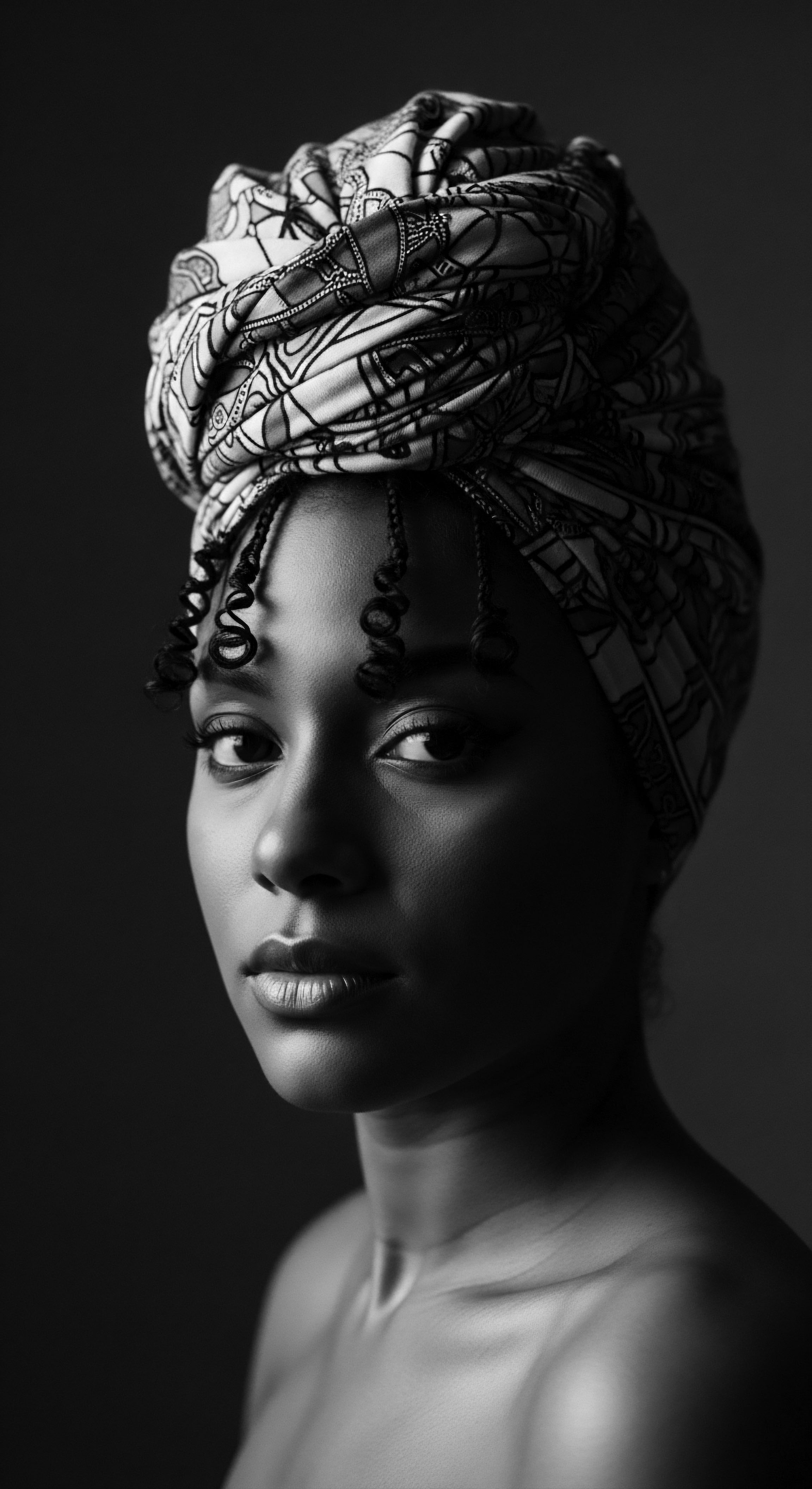
Hair as a Spiritual and Communicative Archive
Anthropological and cultural studies consistently highlight hair’s spiritual and communicative significance in ancient African societies. Hair was not just decorative; it was a powerful medium. For instance, in the Yoruba culture of Nigeria, hair could be braided to send messages to the gods, signifying its role as a spiritual conduit connecting the earthly and divine realms.
The height of the head, crowned by hair, was considered the closest point to the heavens, making hair a potent symbol for channeling communications or embodying spiritual strength. This deep reverence meant that hair care was often intertwined with spiritual rituals and community traditions.
This reverence was systematically attacked during the transatlantic slave trade, with enslavers shaving heads to strip captives of their identity and cultural ties. Yet, the profound memory of hair as a sacred, communicative entity endured. Even without tools, enslaved people improvised, using whatever was available to tend to their hair, thus preserving a fragmented yet vital link to ancestral practices and a sense of dignity. This persistence speaks to the indomitable human will to retain cultural identity even under the most oppressive conditions.
- Historical Resistance ❉ Cornrows, originating from various African communities, were used as intricate maps to guide escape routes during slavery, sometimes even hiding seeds for survival.
- Cultural Identity Marker ❉ Pre-colonial African hairstyles conveyed a person’s age, marital status, tribal affiliation, and social rank, serving as a complex visual language within communities.
- Spiritual Connection ❉ Many traditional African beliefs considered hair, being the highest point of the body, a spiritual conduit for communicating with the divine.
| Historical Era Transatlantic Slave Trade |
| Forms of Hair Control/Discrimination Forced head shavings, denial of grooming tools, imposition of "unmanaged" aesthetic. |
| Impact on Individuals and Communities Identity erasure, psychological trauma, loss of cultural markers, dehumanization. |
| Historical Era Post-Slavery & Jim Crow Era |
| Forms of Hair Control/Discrimination "Good hair" vs. "bad hair" hierarchy, pressure for chemical straightening for social/economic acceptance. |
| Impact on Individuals and Communities Internalized racism, self-hatred for natural textures, physical damage from chemical relaxers, limited opportunities. |
| Historical Era Civil Rights & Black Power Movements |
| Forms of Hair Control/Discrimination Afro as a symbol of defiance; continued workplace/school discrimination against natural styles. |
| Impact on Individuals and Communities Empowerment countered by ongoing systemic bias, legal battles for hair autonomy. |
| Historical Era Contemporary Period |
| Forms of Hair Control/Discrimination Microaggressions, implicit bias in professional settings, cultural appropriation, CROWN Act efforts. |
| Impact on Individuals and Communities Anxiety, chronic stress, mental health tolls, ongoing fight for complete acceptance and legislative protection. |
| Historical Era The persistent struggle for hair autonomy underscores the critical importance of Freedom Impact as an ongoing journey towards full recognition and respect for textured hair heritage. |
The persistence of these cultural narratives, despite centuries of attempted erasure, demonstrates hair’s enduring symbolic power. The continuous fight for hair freedom, manifesting in legal battles and cultural movements, signifies a deep understanding that the ability to wear one’s hair as it naturally grows is fundamental to dignity, self-expression, and a connection to an unbroken lineage of strength and creativity. The full articulation of Freedom Impact in academic discourse, therefore, acknowledges this rich historical backdrop, grounding contemporary experiences in the profound echoes of the past.

Reflection on the Heritage of Freedom Impact
The journey through the various layers of Freedom Impact, from its elemental biological expressions to its complex academic interpretations, always circles back to the indelible mark of heritage. This exploration reveals that the ability to wear one’s hair with genuine autonomy is not a modern construct but a continuation of an ancient dialogue, a living testament to the resilience and creative spirit of Black and mixed-race communities. The very fibers of textured hair carry ancestral memories, echoes of ingenuity, resistance, and celebration that have persisted across continents and generations. This heritage is a wellspring, nourishing the present moment of reclamation and shaping aspirations for the future.
In tracing the story of Freedom Impact, we recognize that every coil, every kink, every curl holds within it a fragment of an unbroken lineage. From the ritualistic care of pre-colonial African hands to the clandestine braiding on enslaved plantations, and now to the vibrant natural hair movements of today, hair has served as a consistent thread of selfhood. It has been a canvas for identity, a hidden map to liberty, and a powerful declaration against oppression.
The profound personal liberation experienced when an individual embraces their natural texture contributes to a larger, collective narrative of cultural restoration. This act of personal affirmation becomes a vital component of communal healing, mending the fragmented narratives of the past.
The unfolding of Freedom Impact reminds us that genuine well-being for textured hair, and indeed for the individual, is inseparable from this historical context. It invites us to consider ingredients not just for their chemical composition but for their ancestral resonance, to value practices not only for their efficacy but for their cultural continuity. This deep appreciation for heritage ensures that the pursuit of hair health transcends superficial aesthetics, becoming a holistic practice that nourishes the spirit as profoundly as it conditions the strands.
It is a soulful wellness, rooted in the understanding that our hair is a living archive, continuously writing new chapters while honoring the ancient texts. The narrative of Freedom Impact, therefore, is an enduring one, continuously reminding us that the truest beauty emerges when we are unbound by external expectations, choosing instead to honor the sacred story inherent in every single strand.

References
- Byrd, Ayana D. and Lori L. Tharps. Hair Story ❉ Untangling the Roots of Black Hair in America. St. Martin’s Press, 2014.
- Carrington, Victoria. The Politics of Black Hair ❉ Negotiating Race, Gender, and Beauty in the United States. Rutgers University Press, 2017.
- Caldwell, Kia L. Hair Matters ❉ Beauty, Power, and Black Women’s Consciousness. Duke University Press, 2018.
- Collins, Patricia Hill. Black Feminist Thought ❉ Knowledge, Consciousness, and the Politics of Empowerment. Routledge, 2000.
- Mercer, Kobena. Welcome to the Jungle ❉ New Positions in Black Cultural Studies. Routledge, 1994.
- Mbilishaka, Afiya M. PsychoHairapy ❉ Applying Psychotherapy to Hair Trauma. Self-published, 2018.
- Rowe, Kristin D. On Decolonization, Beauty, and Black Hair Aesthetics. Palgrave Macmillan, 2019.
- Sieber, Roy, and Frank Herreman. Hair in African Art and Culture. Museum for African Art, 2000.
- Tate, Shirley Anne. Black Beauty ❉ Aesthetics, Culture, and Politics. Ashgate Publishing, Ltd. 2007.
- Thompson, Crystal. Hair Story ❉ The Transformation of Black Hair in America. University Press of Florida, 2009.
